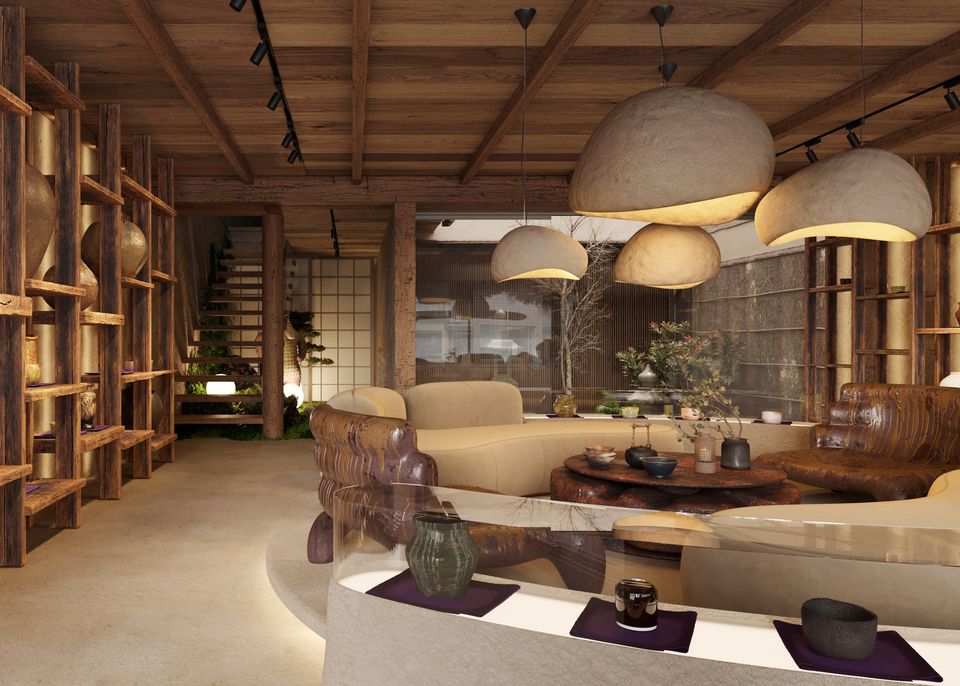Ukrainian Makhno Studio has created the art space Kaji Gallery in Kyoto, Japan.
This gallery, showcasing antique finds, was designed to evoke a "sense of antiquity, preciousness, and profound value on all levels." The space consists of two floors. The first floor features a hall with a central tea area, a green oasis, and access to a terrace, while the second floor includes an exhibition area and a large lecture hall.
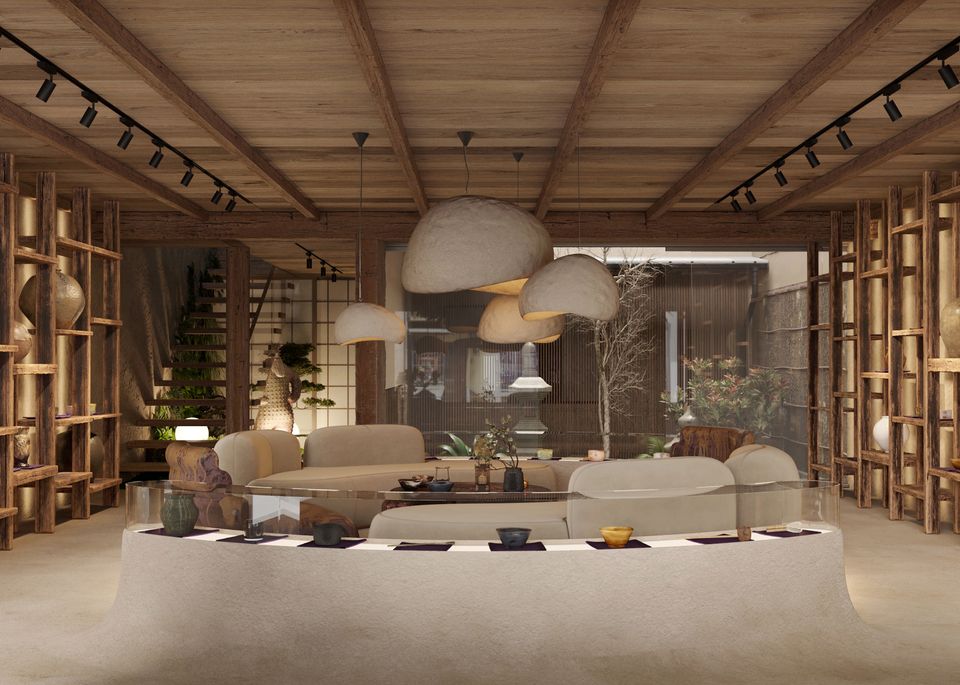
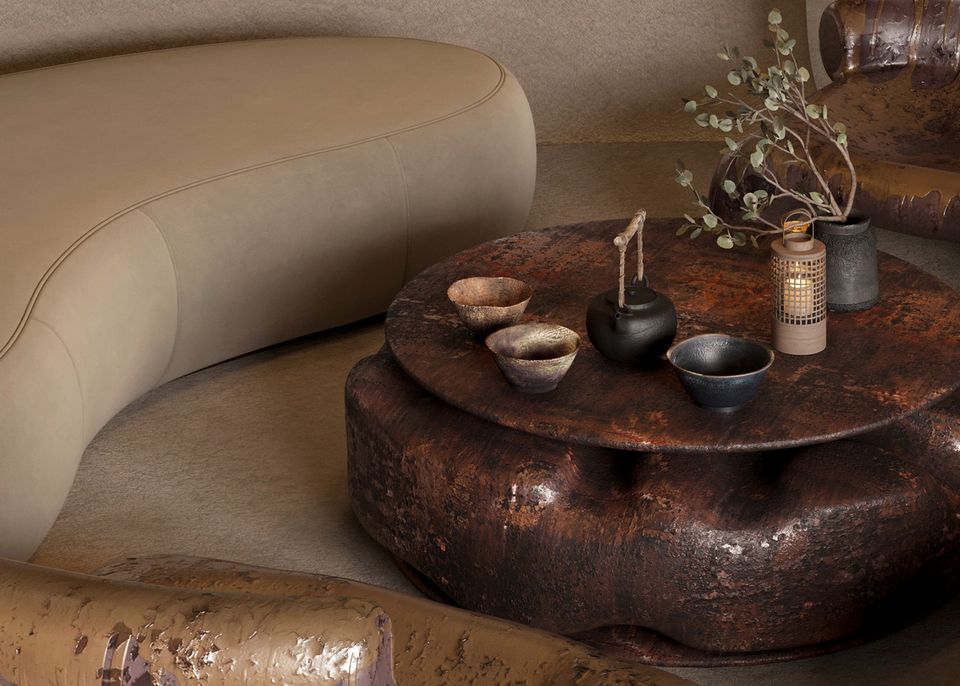
On the first floor, the walls are made of mud plaster, with clay and wood incorporated. The furniture, also made of clay, is handcrafted by the studio's artisans. Ceramic art lights by Khmara are placed above the tea area, and a Choven lamp is situated near the window. A green oasis, traditional in Japanese culture, is located near the stairs. A unique cast floor, seamlessly extending into the gallery display cases, draws particular attention. The space is free from sharp "predatory" angles or "cold" industrial elements.
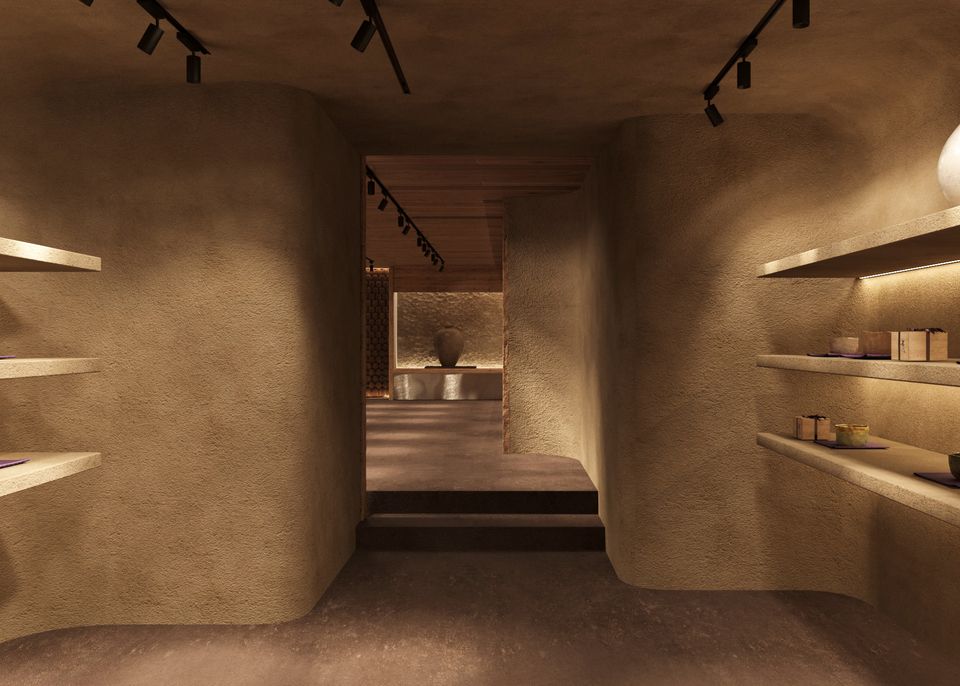
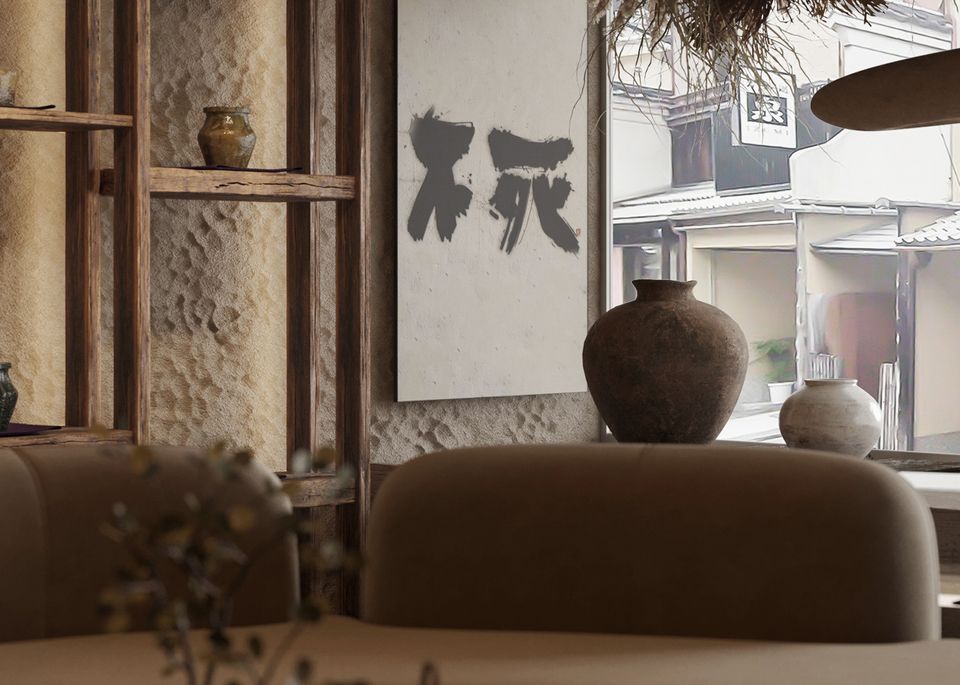
The second floor includes exhibition corridors adorned with TETRAPOD ceramic 3D art tiles, which create a dynamic pattern and add modern and even futuristic accents to the traditional concept. This tile has received the Red Dot Award.


The lecture hall exemplifies ideal Japanese design, where ancient principles of shōin-zukuri are reinterpreted using native materials such as wood, bamboo, ceramics, and paper.
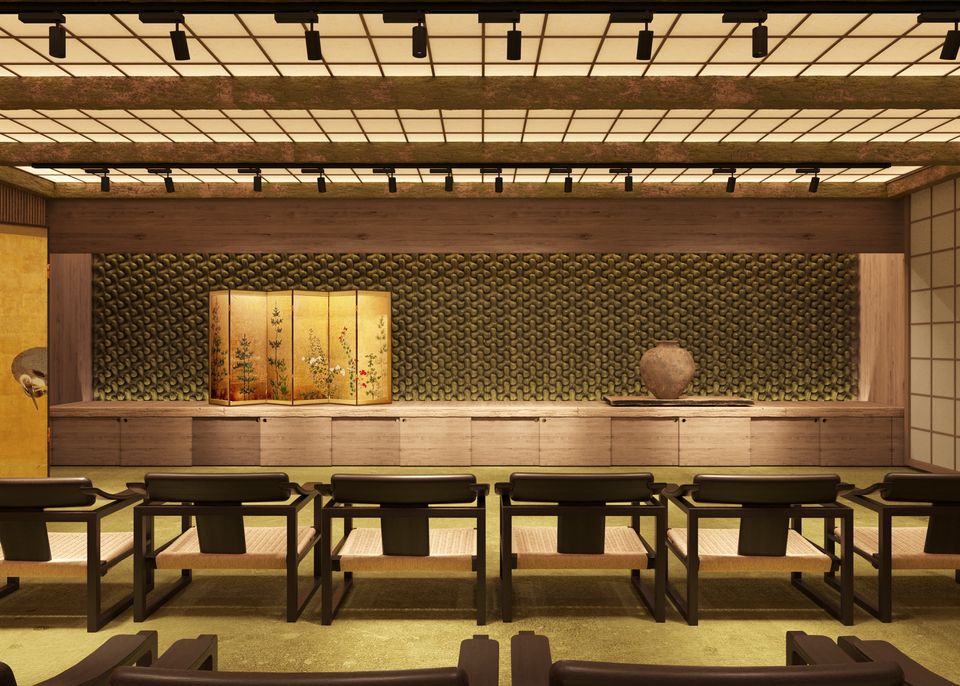
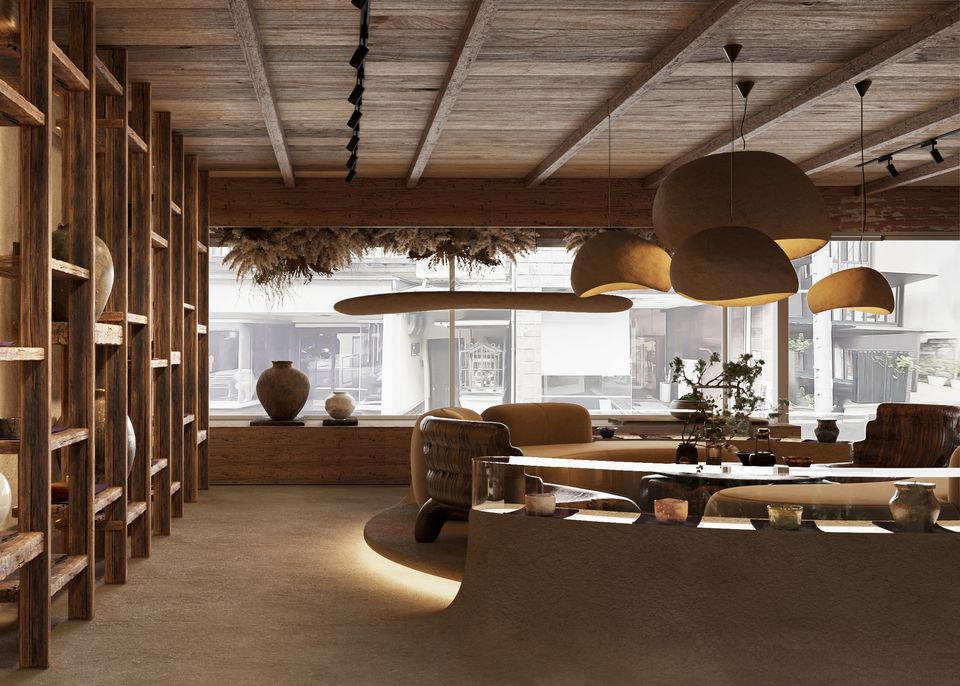
KAJI GALLERY is an art experiment project. Much like a chawan, sculpted and glazed by hand, it lives, breathes, influences, and interacts with anyone daring enough to engage with it.









